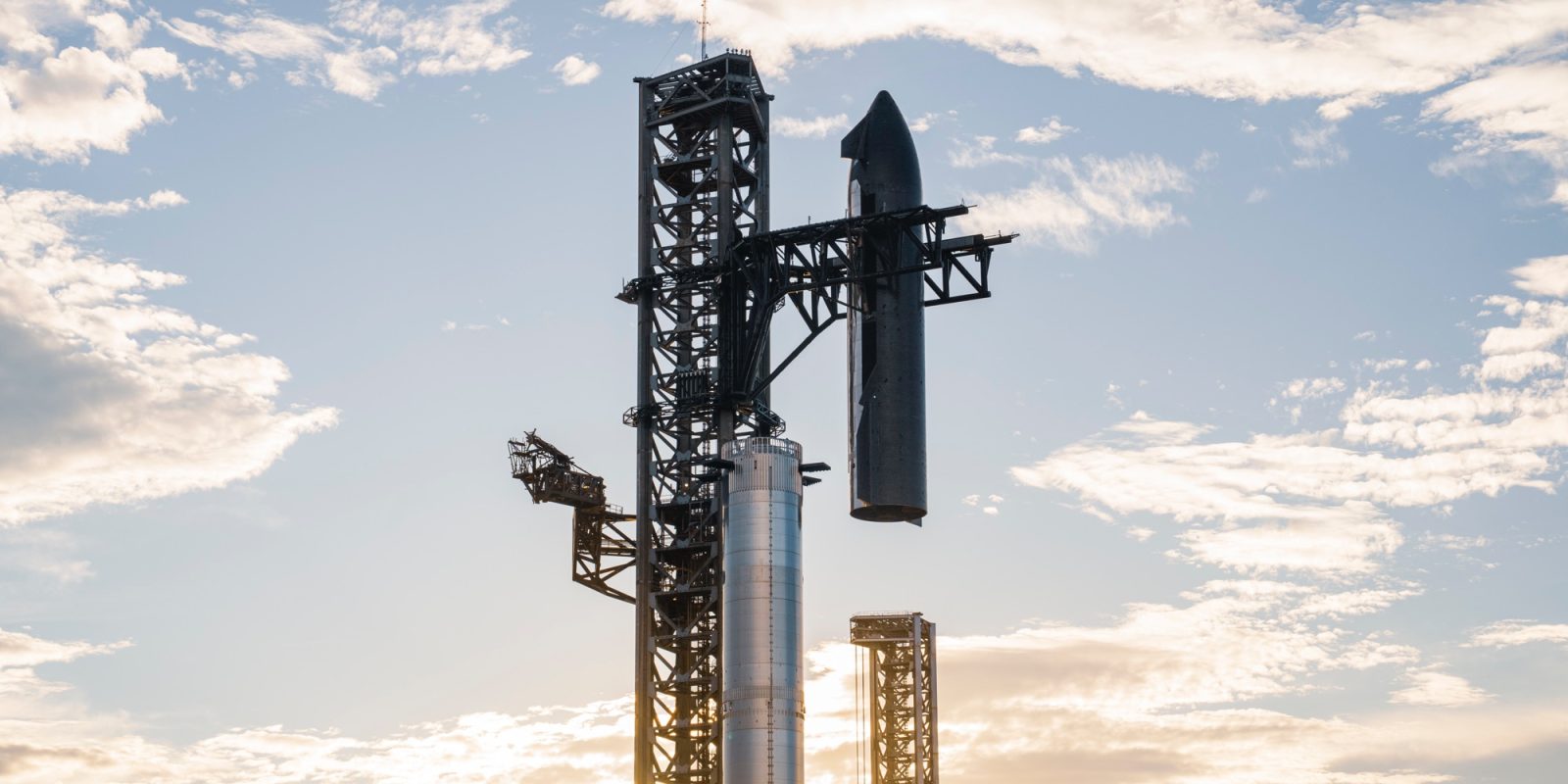
Sunday afternoon, SpaceX delayed the launch of its 10th Starship rocket from Starbase. This flight is an important launch for SpaceX to get right, with many implications for both the company and NASA.
SpaceX scrubbed its Starship Flight 10 launch just about 30 minutes from the planned liftoff. While the weather forecast wasn’t the greatest, it was not the cause of the delay. SpaceX states that the delay was “to allow time to troubleshoot an issue with ground systems.”
Unlike other rockets, Starship’s launch site and ground systems, referred to as “Stage 0,” have a lot to do with the success of a launch. It has its own ability to scrub the launch if any one of its thousands of systems decides not to work.
SpaceX has two beach and road closures scheduled for Monday and Tuesday all day; these will be for another launch attempt. There is a high likelihood SpaceX will reattempt a launch on either of these days, given its history of fast turnarounds with nearly 24/7 operations at Starbase.
Starship Flight 10 is key to the timeline of both SpaceX’s Starship development and NASA’s Artemis program. Although, if you have been following the Starship program for the year 2025, that might sound like a broken record.
So far, SpaceX has not had good luck with Starship launches in 2025; all of them have come to a shorter than planned conclusion, with some sort of issue arising from each. According to SpaceX’s post-launch reports, each failure has had a separate reason, even though they seem to be similar each time.
Once again, SpaceX will attempt to deploy dummy Starlink satellites from Starship’s payload bay, relight a Raptor engine in space, and gain valuable data on Starship’s heat shield. The Starlink satellites will be important for the internet service’s feasibility, while the other two are important for moving Starship from launching suborbital to orbital missions.
This mission profile is one of many stepping stones to getting Starship operational and testing more important aspects of its concept, like orbital refueling. Orbital refueling is key to Starship’s success in operating as a serious launcher outside of low Earth orbit.
It will also let Starship operate as a lander for interplanetary missions to the Moon or Mars. Something that NASA would like to know if it can do before it attempts to launch its first crewed landing on the Moon in 2027… or 2028… or later.
FTC: We use income earning auto affiliate links. More.


Comments